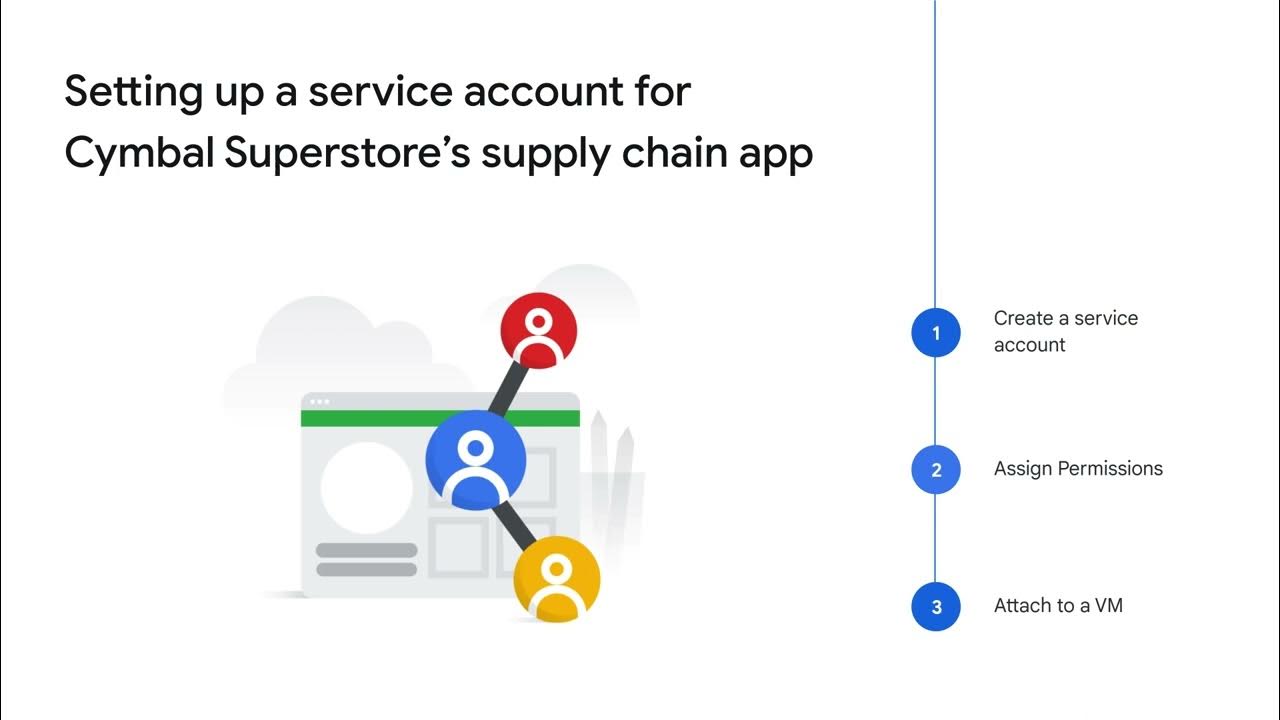Khan Academy and Code.org | Wires, cables, and WiFi
Summary
TLDRTess Winlock, a software engineer at Google, explains the mechanics of internet communication in a relatable way, comparing it to the postal service but with binary information as the 'parcels'. She details how data is represented in bits and bytes, and how these are transmitted through physical mediums like electricity, light, and radio waves. The video discusses the concepts of bandwidth and latency, and explores different transmission methods including copper wire, fiber optics, and wireless signals. It emphasizes the internet's reliance on physical infrastructure, highlighting its fragility and the ongoing innovations in data transmission.
Takeaways
- 🌐 The internet is a physical system designed to move information, similar to the postal service but with binary data instead of physical mail.
- 🔢 Information is represented in binary code, using bits (1s and 0s) which are the fundamental units of digital data.
- 🔡 A byte consists of eight bits, and larger units like kilobytes, megabytes are used to measure larger amounts of data.
- 💡 To send information, the physical representation of bits can be through electricity, light, or radio waves.
- 👤 Early communication methods like using a light bulb for 1s and 0s were slow and error-prone, necessitating the development of machines for efficient data transmission.
- ⏱ Bandwidth and bit rate are crucial for the speed of data transmission, while latency refers to the time it takes for a bit to travel from sender to receiver.
- 🚫 Signal loss over long distances is a challenge for certain mediums like copper wires, which limits their use for global internet connectivity.
- 💡 Fiber optic cables use light to transmit data over long distances with minimal signal loss, making them ideal for undersea internet connections.
- 🌐 The fragility of physical internet infrastructure was highlighted by the 2008 incident where a cable cut disrupted internet access in the Middle East and India.
- 📡 Wireless communication translates binary data into radio waves, allowing for mobile internet access but with limitations in range and reliability.
- 🔮 The future of internet communication might involve new technologies like satellite lasers, but the binary representation and protocols for data transfer are likely to remain consistent.
Q & A
What is Tess Winlock's profession and where does she work?
-Tess Winlock is a software engineer at Google.
How does Tess describe the internet in relation to the postal service?
-Tess describes the internet as a lot like the postal service, but instead of sending physical items like boxes and envelopes, it sends binary information.
What is the basic unit of information in the internet?
-The basic unit of information on the internet is a bit, which can be either a one (on) or a zero (off).
What is a byte and how is it related to bits?
-A byte is made up of eight bits strung together.
How is a song typically encoded in terms of file size?
-A song is typically encoded using about three to four megabytes.
What are the physical mediums used to send bits of information?
-Bits of information are physically sent through electricity, light, and radio waves.
How is a bit sent via electricity using a simple example?
-A bit can be sent via electricity by using two light bulbs connected by a copper wire, where light on means one and light off means zero.
What is the purpose of a clock or timer in sending bits?
-A clock or timer is used to ensure that bits are sent and received at a consistent rate, allowing for the accurate counting of bits sent in a row.
What is bandwidth and how is it measured?
-Bandwidth is the maximum transmission capacity of a device and is measured by bit rate, which is the number of bits that can be sent over a given period of time, usually in seconds.
What is the difference between bit rate and latency?
-Bit rate refers to the number of bits that can be sent per second, while latency is the time it takes for a bit to travel from the source to the requesting device.
Why are fiber optic cables used for long-distance internet connections?
-Fiber optic cables are used for long-distance connections because they allow for high-speed transmission without signal degradation over long distances, using light beams to send bits.
How does the physical infrastructure of the internet affect its reliability?
-The physical infrastructure of the internet, such as fiber optic cables, can be fragile, as demonstrated by the 2008 cable cut near Alexandria, Egypt, which interrupted internet access for much of the Middle East and India.
How do wireless devices connect to the internet?
-Wireless devices connect to the internet through radio signals sent and received by devices that convert binary information into radio waves and vice versa.
What is the limitation of wireless internet in terms of signal range?
-The limitation of wireless internet is that radio signals don't travel far before they become garbled, which is why long-distance communication still relies on wired infrastructure.
What are some potential future methods for sending bits?
-Potential future methods for sending bits may include lasers sent between satellites or radio waves from balloons or drones.
How have the protocols for sending and receiving information on the internet evolved?
-While the physical methods for sending bits may change, the underlying binary representation of information and the protocols for sending and receiving that information have remained largely consistent.
Outlines

このセクションは有料ユーザー限定です。 アクセスするには、アップグレードをお願いします。
今すぐアップグレードMindmap

このセクションは有料ユーザー限定です。 アクセスするには、アップグレードをお願いします。
今すぐアップグレードKeywords

このセクションは有料ユーザー限定です。 アクセスするには、アップグレードをお願いします。
今すぐアップグレードHighlights

このセクションは有料ユーザー限定です。 アクセスするには、アップグレードをお願いします。
今すぐアップグレードTranscripts

このセクションは有料ユーザー限定です。 アクセスするには、アップグレードをお願いします。
今すぐアップグレード関連動画をさらに表示

The Internet: Wires, Cables & Wifi

Internet History part 2: Vint Cerf & Bob Kahn Invent Code of Internet (TCP explained)

Redes de computadores - Protocolo TCP IP - Informática para concursos - Professor Danilo Vilanova

Managing access for Cymbal Superstore’s cloud solutions

Что такое TCP/IP: Объясняем на пальцах

O QUE É UMA REDE DE COMPUTADORES? Visão geral completa sobre redes!
5.0 / 5 (0 votes)
